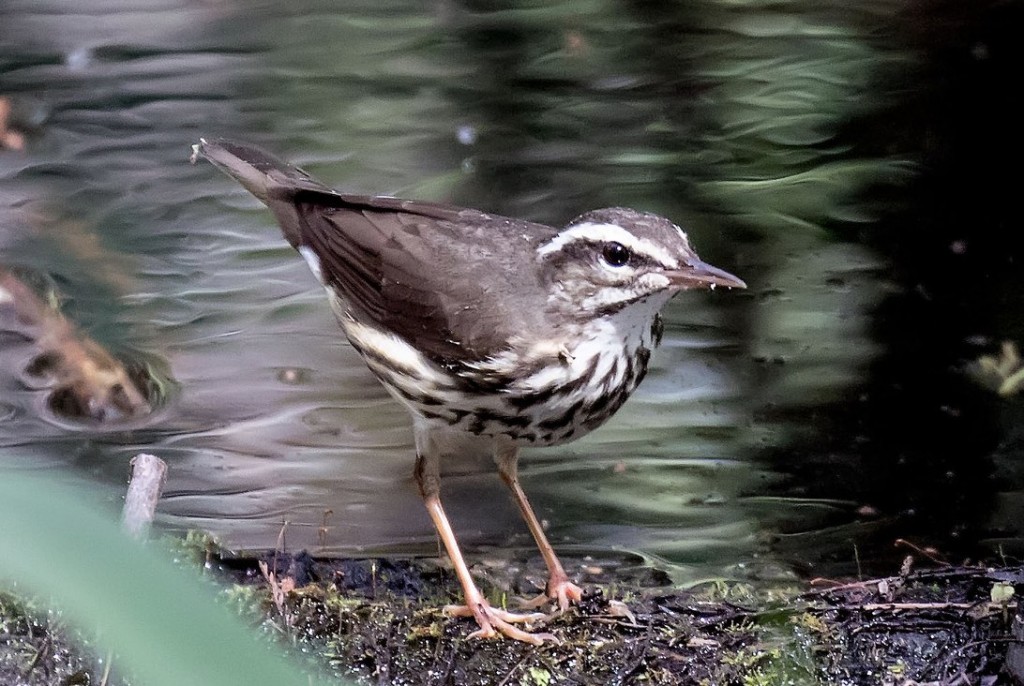
Bonaparte’s Gull. Martin Wall/Macaulay Library. 5 March 2016. eBird checklist S27987487, ML 25435641
Continental Summary
The West sees a mixed bag of conditions including favorable southerly flow that will carry light to moderate movements this weekend and late in the work week as well as unfavorable (for birds at least!) precipitation that shuts down migration, while an active week in the East will see moderate flights, most widespread early in the work week and punctuated by periods of precipitation that shut down migration.
Wondering what species are migrating through right now? Check out our analysis for the past 7 days.
Arrows show wind speed and direction (arrow points in the direction to which wind is blowing) 100 m above ground level. Areas with southerly winds are colored red; northerly winds colored blue. Accumulated precipitation (in 6 hour intervals) is green, outlined by white. Broadly speaking, areas of the map in red will experience conditions that are favorable for migration, and areas where red and green (and red and blue) intersect and overlap may experience migrant concentrations and fallouts as migrants interact with precipitation.
We use data collected by eBird users help make more accurate forecasts. If you enjoy the predictions contained in these posts, please consider submitting your own bird sightings to eBird to even further improve the content. Every observation counts, whether it be a single bird at a feeder in your backyard, or an entire day spent in a national park. To get started with eBird, head on over to the site!
Additionally, please note that photographs and other digital media showing birds come from the Macaulay Library, which receives credit along with the photographer/observer in the media caption as part of a new initiative that allows public contribution, access and use of natural history media.
Need a review of our definitions for regions, species on the move, and migration amounts? Please visit this link.
Quick Links to Regions
Upper Midwest and Northeast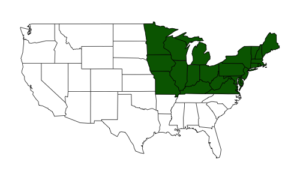 |
Gulf Coast and Southeast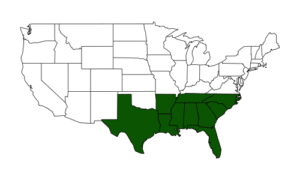 |
Great Plains |
West |
Upper Midwest and Northeast
A reasonably mild air mass with some associated precipitation presides over much of the region away from New England for the weekend, and light to moderate flights will occur in areas free of precipitation. Birders should watch inland bodies of water for early waterfowl concentrations, particularly in areas where favorable migration conditions meet precipitation. Similarly varied conditions persist into the beginning of the work week, but more favorable southerly flow arrives by Tuesday to spawn increased moderate flights in many areas east of the Ohio River Valley. As low pressure organizes and a disturbance strengthens and moves out of the Great Lakes late in the week, southerly flow to its east and south keeps favorable conditions in place for the Ohio River Valley, the Appalachians, and Atlantic seaboard.
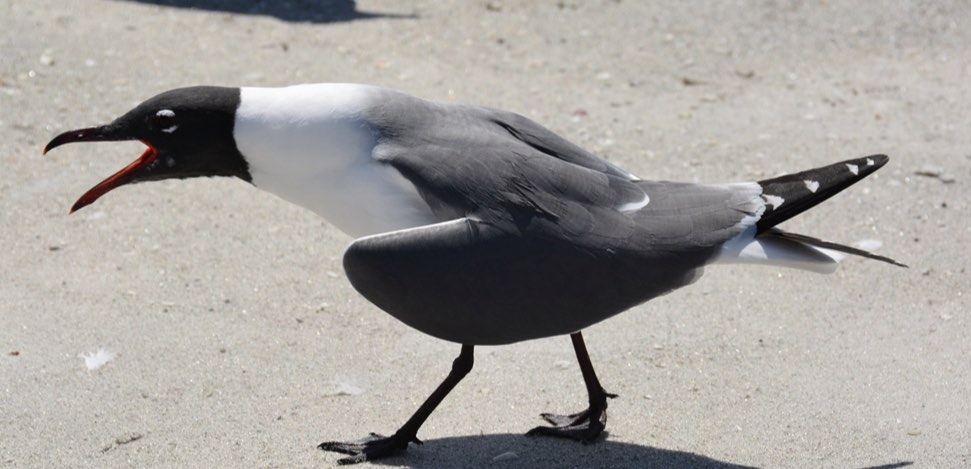
Laughing Gull. John Whitehead/Macaulay Library. 7 March 2016. eBird checklist S28042131, ML 25459741.
Species on the Move
Beginning Arrivals What is this?
| Species | Migrants Begin Arriving | Rapid Migrant Influx | Peak | Rapid Migrant Departure |
|---|---|---|---|---|
| Bonaparte's Gull | 3/18 | 3/30 | 4/11 | 4/24 |
| Double-crested Cormorant | 3/18 | 4/1 | 4/19 | - |
| Great Egret | 3/20 | 4/1 | 5/15 | - |
| Tree Swallow | 3/21 | 4/3 | 5/10 | - |
| Golden-crowned Kinglet | 3/23 | 3/31 | 4/9 | 4/20 |
| Winter Wren | 3/23 | 4/1 | 4/14 | 4/26 |
| Greater Yellowlegs | 3/23 | 4/9 | 4/27 | 5/16 |
| Brown Creeper | 3/24 | 4/1 | 4/10 | 4/23 |
| Sharp-shinned Hawk | 3/24 | 4/10 | 4/22 | 5/9 |
| Laughing Gull | 3/24 | 4/5 | - | - |
| Black-crowned Night-Heron | 3/24 | 5/7 | - | - |
| Belted Kingfisher | 3/25 | 4/4 | 4/19 | - |
| Northern Flicker | 3/25 | 4/5 | 4/20 | - |
Gulf Coast and Southeast
A disturbance developing in or near the Gulf of Mexico, with tendrils scattered across the region, make for a potential interesting forecast period. Concentrations are possible, locally, where precipitation and southerly flow meet, so birders should be watching coastal stopover habitat closely early and late in the week. The most widespread favorable conditions occur Monday night, when moderate and some locally heavy flights will occur, particularly in Texas and Louisiana. However cooler air approaching on Tuesday harkens a change, gradually tamping densities for much of the remainder of the week. Mid work week will see the potential for a highly varied atmosphere, with southerly flow and some precipitation forecast for the end of the week, and the potential for a disturbance to organize into a frontal boundary. Areas east of this boundary will experience conditions favorable for moderate flights, while areas covered and to the west of this boundary may experience migration and local concentrations and fallouts where precipitation falls. By week’s end the forecast calls for this boundary to be sufficiently strong to shut down migration nearly region wide. Note that Florida, in particular, and other portions of the Gulf Coast east of the Mississippi River, may experience the most interesting birding conditions of all to end the week, with strong southerly flow and precipitation forecast to interact.
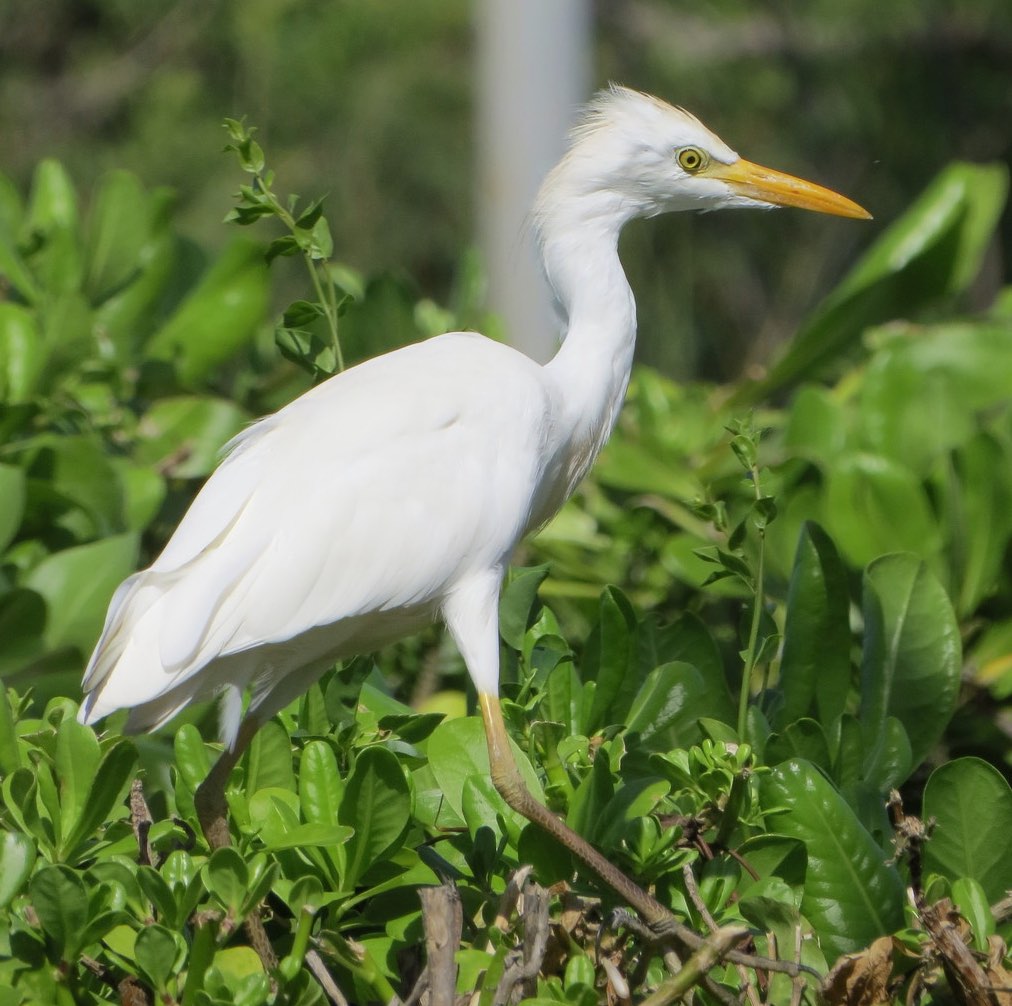
Cattle Egret. Max McCarthy/Macaulay Library. 16 February 2016. eBird checklist S27624086, ML 25442061
Beginning Arrivals What is this?
| Species | Migrants Begin Arriving | Rapid Migrant Influx | Peak | Rapid Migrant Departure |
|---|---|---|---|---|
| Upland Sandpiper | 3/19 | 3/30 | 4/13 | 4/28 |
| Short-billed Dowitcher | 3/19 | 4/7 | 4/20 | 5/7 |
| Chuck-will's-widow | 3/19 | 4/10 | 4/25 | - |
| Cattle Egret | 3/19 | 4/3 | - | - |
| Broad-winged Hawk | 3/20 | 3/31 | 4/13 | 4/23 |
| White-faced Ibis | 3/20 | 4/14 | 4/23 | 5/5 |
| Least Bittern | 3/20 | 4/14 | 4/24 | - |
| Bronzed Cowbird | 3/20 | 4/14 | 4/26 | - |
| Prairie Warbler | 3/22 | 4/3 | 4/16 | 4/28 |
| Chimney Swift | 3/23 | 4/3 | 5/11 | - |
| Prothonotary Warbler | 3/24 | 4/2 | 4/16 | - |
| Clay-colored Sparrow | 3/25 | 4/19 | 4/29 | 5/12 |
Great Plains
A weekend and early week pulse of largely favorable conditions will spawn moderate flights across the region. But Tuesday brings a frontal passage, and migration shuts down with its passage and the arrival of cooler air and northerly winds. The effects of this passage continue through the remainder of the week, with largely unfavorable conditions in place through the forecast period. Note that a burst of southerly flow in the southern Plains may spawn locally moderate flights on Wednesday night, which will contrast starkly with minimal movements for much of the region between Tuesday and Friday.
Species on the Move
Beginning Arrivals What is this?
| Species | Migrants Begin Arriving | Rapid Migrant Influx | Peak | Rapid Migrant Departure |
|---|---|---|---|---|
| Pied-billed Grebe | 3/18 | 4/3 | 4/17 | 5/2 |
| Savannah Sparrow | 3/18 | 4/15 | 4/25 | 5/8 |
| Vesper Sparrow | 3/18 | 4/2 | 4/20 | - |
| Yellow-throated Warbler | 3/18 | 4/1 | 4/24 | - |
| Eared Grebe | 3/18 | 4/15 | 4/27 | - |
| Tree Swallow | 3/19 | 4/11 | 5/5 | - |
| Purple Martin | 3/19 | 4/7 | 5/8 | - |
| White-eyed Vireo | 3/19 | 4/3 | 5/22 | - |
| Field Sparrow | 3/21 | 4/1 | - | - |
| Eastern Towhee | 3/22 | 4/28 | 5/9 | - |
| Hermit Thrush | 3/23 | 4/5 | 4/23 | 5/10 |
| Ruby-crowned Kinglet | 3/23 | 3/31 | 5/1 | 5/15 |
| Great Egret | 3/23 | 4/6 | 4/25 | - |
| Yellow-crowned Night-Heron | 3/23 | 4/8 | - | - |
| Say's Phoebe | 3/23 | 4/11 | - | - |
| Louisiana Waterthrush | 3/24 | 3/31 | 5/7 | - |
| Long-billed Curlew | 3/24 | 4/1 | - | - |
| Franklin's Gull | 3/25 | 4/12 | 4/22 | 5/2 |
| Blue-gray Gnatcatcher | 3/25 | 4/3 | 5/6 | 5/18 |
West
Migrants will experience favorable conditions for the weekend and early part of the work week in many areas of the West, and light to moderate flights are likely. Note, however, that precipitation is forecast along the Pacific Coast and in some areas of the Great Basin, and will shut down movements in areas that it falls. By midweek favorable conditions persist in but a small portion of the region, the Pacific Northwest through the Northern Rockies, where light movements will persist. And by Wednesday night, most of the region will be quieted by the presence of much less favorable flow and cooler air. These generally unfavorable conditions close the week, but the winds of change approach with a new disturbance approaching the Pacific Coast.
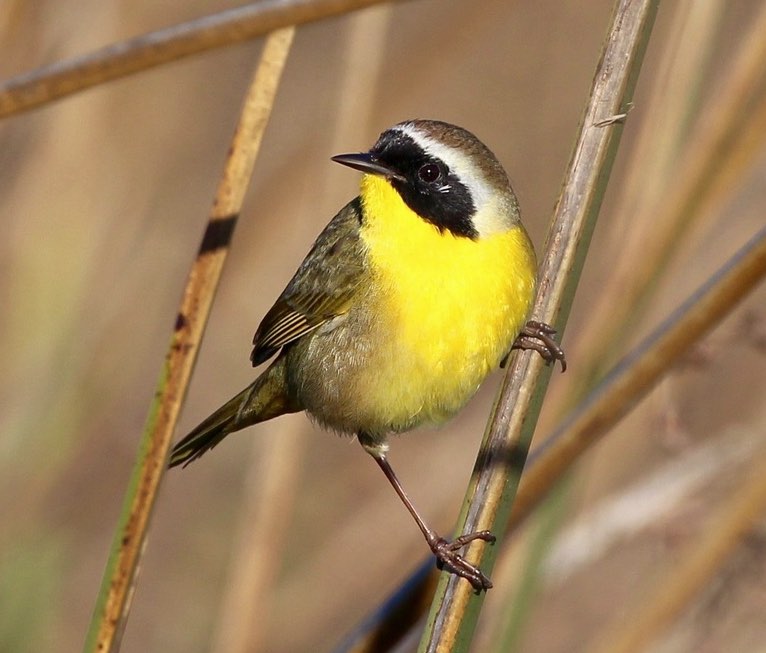
Common Yellowthroat. Mark Stephenson/Macaulay Library. 21 February 2016. eBird S27740631, ML 24790281
Species on the Move
Beginning Arrivals What is this?
| Species | Migrants Begin Arriving | Rapid Migrant Influx | Peak | Rapid Migrant Departure |
|---|---|---|---|---|
| Whimbrel | 3/18 | 4/19 | 4/28 | 5/10 |
| Blue-gray Gnatcatcher | 3/20 | 4/15 | 5/10 | - |
| Common Yellowthroat | 3/20 | 4/3 | 5/20 | - |
| Orange-crowned Warbler | 3/21 | 4/2 | 5/1 | 5/15 |
| Osprey | 3/22 | 4/3 | 4/21 | - |
| Common Grackle | 3/22 | 4/2 | 5/16 | - |
| American White Pelican | 3/23 | 4/5 | 5/8 | - |
| Franklin's Gull | 3/25 | 4/6 | 4/21 | 5/2 |
| American Avocet | 3/25 | 4/8 | 4/26 | 5/19 |
| Swainson's Hawk | 3/25 | 4/6 | 4/25 | - |
–––––––––––––––––––––––––––––––––––
Farnsworth and Van Doren

